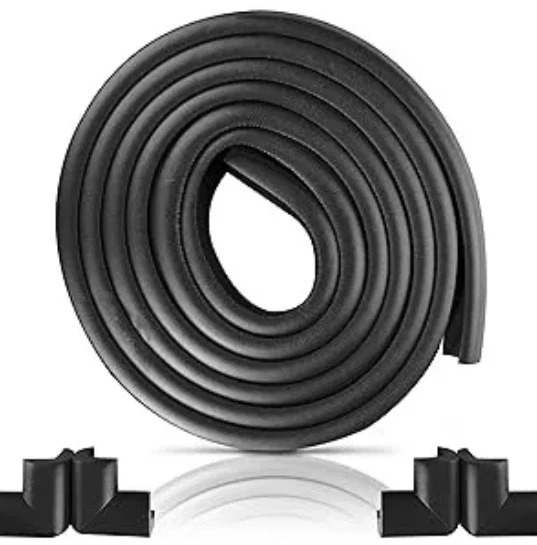Replacing the Seal on Your Chef Oven Door for Optimal Performance
Replacing the Chef Oven Door Seal A Comprehensive Guide
The oven door seal plays a crucial role in maintaining the efficiency and performance of your oven. A damaged or worn-out seal can lead to heat loss, increased energy consumption, and uneven cooking. If you notice that your oven is not heating properly, it might be time to replace the door seal. In this article, we will guide you through the process of replacing the oven door seal, ensuring that your oven operates at peak performance.
Understanding the Oven Door Seal
The oven door seal, often made of silicone or fiberglass, is designed to create an airtight barrier between the oven door and the oven cavity. This seal prevents heat from escaping, which is essential for efficient cooking. A good seal also helps maintain the desired temperature inside the oven, ensuring that your meals are cooked evenly. Over time, the door seal can become brittle, cracked, or even fall off, which can compromise the oven's heating efficiency.
Signs It’s Time to Replace the Seal
Before you begin the replacement process, it’s important to identify if your oven door seal indeed needs replacement. Look for these signs
1. Visible Damage Inspect the seal for any cracks, splits, or missing sections. 2. Heat Loss If you feel heat escaping from the sides of the oven door while it’s in use, it may indicate a faulty seal. 3. Inconsistent Cooking If your food is consistently overcooked or undercooked, the seal might not be providing an effective barrier. 4. Buildup of Food Residue Food debris can accumulate in the gaps left by a deteriorating seal.
Tools and Materials Needed
Before starting your project, gather the following tools and materials
- Replacement oven door seal (ensure it’s compatible with your oven model) - Screwdriver - Scissors or a utility knife - Cleaning cloth - Mild detergent
chef oven door seal replacement

Step-by-Step Replacement Process
1. Unplug the Oven Safety first! Always disconnect the oven from its power source before beginning any maintenance work.
2. Remove the Old Seal Open the oven door and locate the seal. It may be held in place by clips or adhesive. Gently pull it off, starting from one corner. Take care not to damage the surrounding surfaces.
3. Clean the Surface Use a mild detergent and a damp cloth to clean the area where the old seal was attached. Ensure that there is no residue or debris left, as this can affect the adhesion of the new seal.
4. Measure and Cut If the new seal is not pre-cut, measure the length needed for your oven door and use scissors or a utility knife to cut it to size. Always err on the side of caution, cutting slightly longer rather than shorter.
5. Attach the New Seal Begin at one corner and carefully press the new seal into place. Ensure that it fits snugly in the groove without any gaps. If adhesive is required, follow the manufacturer's instructions for application.
6. Test the Seal Close the oven door and check for any visible gaps. You should not be able to see any light seeping through. If everything looks good, plug your oven back in.
7. Monitor Performance After replacing the seal, use your oven as usual, and monitor its heating performance for a few days. Watch for any signs of heat escaping or cooking inconsistencies.
Conclusion
Replacing your oven door seal is a simple yet effective way to improve your oven’s performance. By following these steps, you can achieve even cooking results and enhance the energy efficiency of your appliance. Regular maintenance and timely replacement of parts are key to prolonging the life of your oven, ensuring delicious meals for years to come.
-
Under Door Draught Stopper: Essential ProtectionNewsJul.31,2025
-
Garage Door Seal and Weatherstrips for ProtectionNewsJul.31,2025
-
Edge Banding Tape for Perfect EdgesNewsJul.31,2025
-
Table Corner Guards and Wall Corner ProtectorsNewsJul.31,2025
-
Stair Nose Edging Trim and Tile Stair SolutionsNewsJul.31,2025
-
Truck Bed Rubber Mats for Pickup BedsNewsJul.31,2025
-
Window Weather Stripping for Noise ReductionNewsJul.29,2025